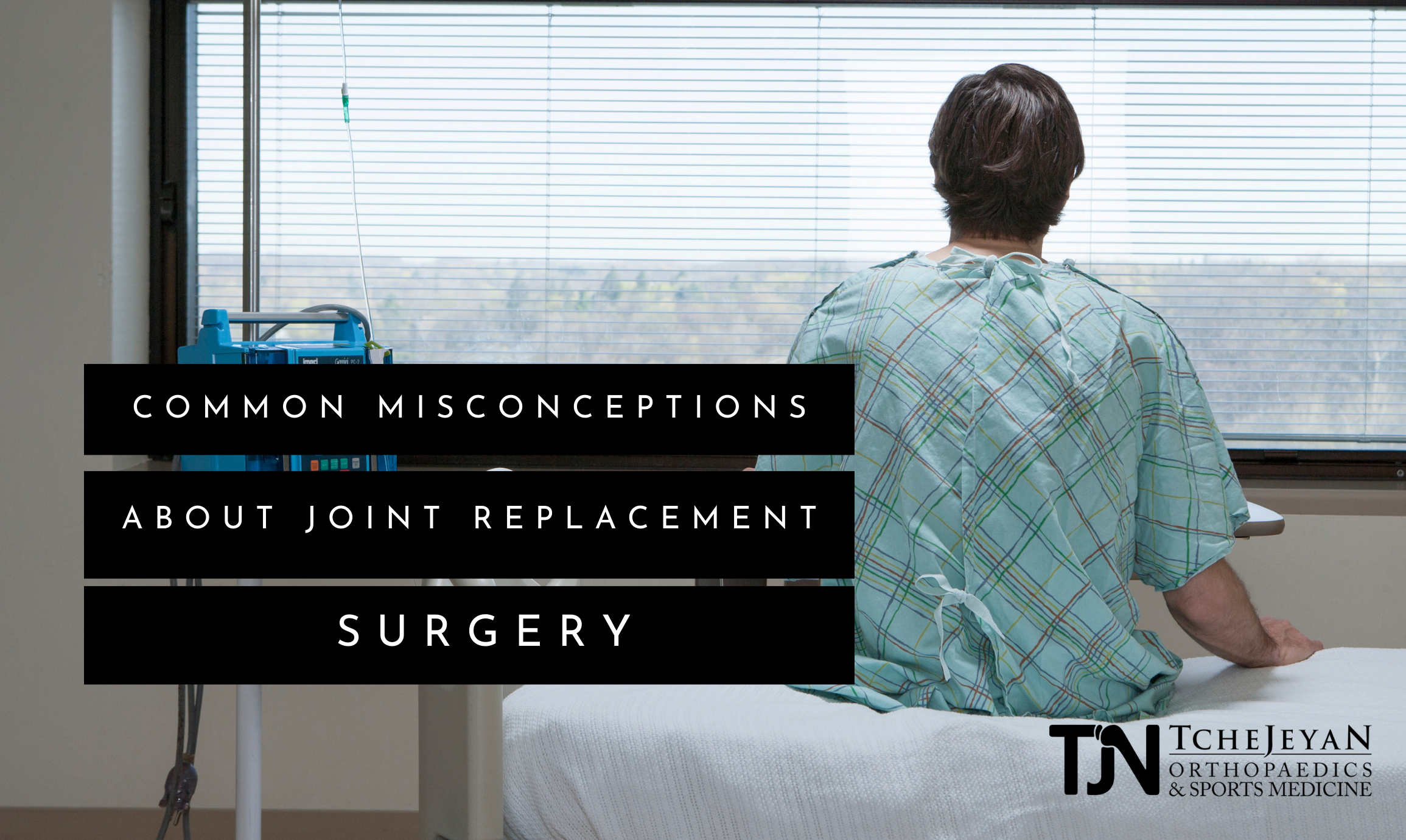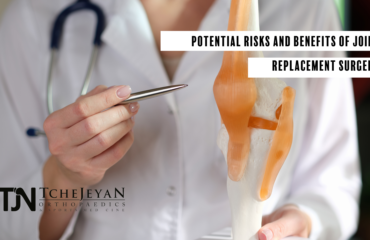If you are struggling to function normally because of a problem with one of your joints, your doctor might recommend joint replacement surgery. While the proper surgery is a great way to rejuvenate your body and repair joint damage, many people are hesitant because they are worried about the long-term consequences. Today, we’ll discuss some common misconceptions and have a closer look at knee anatomy and how repairing cartilage in the knee can be beneficial for you.
Joints deteriorate for a number of reasons. In many cases, the natural aging process contributes to a reduction in cartilage, but sometimes, this is accelerated by strenuous or repetitive physical activity. For this reason, there isn’t one perfect age for surgery, and many people could benefit from having their joints repaired by a qualified surgeon.
Now that we offer innovative solutions such as MAKO surgery, which involves using a robot arm to increase precision, this intervention is safer and more effective than ever. What’s more, the results can be extremely durable, and they are unlikely to cause long-term issues.
Misconception #1: There Is a Perfect Age for Surgery
Many people believe that there is a perfect age for surgery, often between 60 and 70. But this simply isn’t true because everybody’s situation is unique. With the improved longevity of orthopedic devices and implants, there’s rarely a reason to delay surgery. Likewise, if you’ve led a healthy lifestyle and exercised moderately, you might not need a hip or shoulder replacement until you are in your 80s. It’s never too late to repair your joints and restore your range of movement. In fact, this can be a great way to increase your quality of life as you enjoy your golden years.
Similarly, you are unlikely to be too young for surgery. If you are below 50 and your joints have deteriorated because of a health condition or because of repetitive action due to your job, you could be a great candidate for a knee replacement or similar surgery. Instead of suffering in silence, you can get the help you need now and enjoy increased mobility for the rest of your life.
Misconception #2: Surgery Is Highly Invasive Due to Knee Anatomy
Due to the knee’s anatomy, many people believe that the surgery is very challenging and invasive and that it takes several hours. However, Dr. Tcheyan, a fellowship-trained, board certified surgeon, can usually complete it within an hour and with minimal damage to surrounding tissues. In fact, TJN Ortho has recently acquired a robotic arm called the MAKO, which makes this surgery even less risky thanks to the increased precision.
Misconception #3: Artificial Cartilage in the Knee Causes Long-Term Problems
After a knee, hip, or shoulder replacement, many people are worried that they will have long-term issues. But fortunately, this isn’t usually the case, and the opposite is true. The vast majority of patients report a much greater range of motion and a significant reduction in pain after the procedure.
There are many misconceptions around joint replacement surgery, and some of them might prevent patients from taking part in this treatment. In general, such procedures are extremely successful, and they are less invasive than most people think. The easiest way to find out more is to speak to your local expert. Call us today at TJN Orthopaedics & Sports Medicine to book your consultation and discuss your joint problems with Dr. Tchejeyan.




